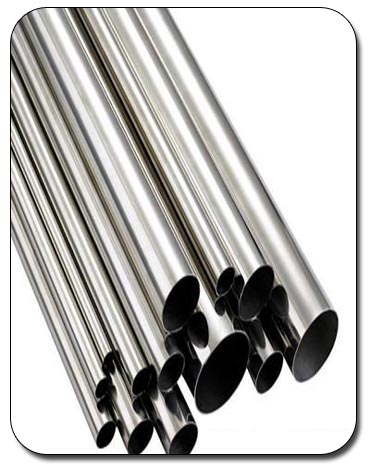Special Products
Specially Designed Products
Duplex 1.4462
Duplex 1.4462 stainless steels are extremely corrosion resistant, work hardenable alloys. Their microstructures consist of a mixture of austenite and ferrite phases. As a result, duplex stainless steels display properties characteristic of both austenitic and ferritic stainless steels
Chemical Composition
Spec: EN 10088-2:2005
1.4462 Steel
| Chemical Element | % Present |
|---|---|
| Carbon (C) | 0.0 - 0.03 |
| Chromium (Cr) | 21.00 - 23.00 |
| Manganese (Mn) | 0.0 - 2.00 |
| Silicon (Si) | 0.0 - 1.00 |
| Phosphorous (P) | 0.0 - 0.03 |
| Sulphur (S) | 0.0 - 0.02 |
| Nickel (Ni) | 4.50 - 6.50 |
| Nitrogen (N) | 0.10 - 0.22 |
| Molybdenum (Mo) | 2.50 - 3.50 |
| Iron (Fe) | Balance |
Properties
| Physical Property | Value |
|---|---|
| Density | 7.805 g/cm³ |
| Thermal Expansion | 13.7 x10^-6 /K |
| Modulus of Elasticity | 200 GPa |
| Thermal Conductivity | 19.0 W/m.K |
| Electrical Resistivity | 0.085 x10^-6 Ω .m |
Spec: EN 10088-2:2005
Sheet - Up to 8mm thick
| Mechanical Property | Value |
|---|---|
| Proof Stress | 500 Min MPa |
| Tensile Strength | 700 to 950 MPa |
| Elongation A50 mm | 20 Min % |
Spec: EN 10088-2:2005
Plate - over 8mm to 13.5mm Thick
| Mechanical Property | Value |
|---|---|
| Proof Stress | 460 Min MPa |
| Tensile Strength | 700 to 950 MPa |
| Elongation A50 mm | 25 Min % |
Spec: EN 10088-2:2005
Plate - Over 13.5mm to 75mm Thick
| Mechanical Property | Value |
|---|---|
| Proof Stress | 460 Min MPa |
| Tensile Strength | 640 to 840 MPa |
| Elongation A50 mm | 25 Min % |
Applications
Duplex stainless steels are typically used in:~ Chemical processing, transport and storage
~ Oil and gas exploration and offshore rigs
~ Oil and gas refining
~ Marine environments
~ Pollution control equipment
~ Pulp & paper manufacturing
~ Chemical process plant
Corrosion Resistance
Duplex stainless steels are extremely corrosion resistant. They have high resistance to intergranular corrosion. Even in chloride and sulphide environments, duplex stainless steels exhibit very high resistance to stress corrosion cracking.The super duplex grades are even more resistant to corrosion.
Heat Resistance
The high chromium content of duplex stainless steels that protects against corrosion, causes embrittlement at temperatures over about 300°C. At low temperatures duplex stainless steels have better ductility than the ferritic and martensitic grades. Duplex grades can readily be used down to at least -50°C.Fabrication
Fabrication of all stainless steels should be done only with tools dedicated to stainless steel materials. Tooling and work surfaces must be thoroughly cleaned before use. These precautions are necessary to avoid cross contamination of stainless steel by easily corroded metals that may discolour the surface of the fabricated product.Machinability
Although machinable, the high strengths of duplex stainless steels makes machining difficult. As an example, machining of 2205 is around 20% slower than for 304.Machining can be enhanced by using the following rules:
~ Cutting edges must be kept sharp. Dull edges cause excess work hardening.
~ Cuts should be light but deep enough to prevent work hardening by riding on the surface of the material.
~ Chip breakers should be employed to assist in ensuring swarf remains clear of the work
~ Low thermal conductivity of austenitic alloys results in heat concentrating at the cutting edges. This means coolants and lubricants are necessary and must be used in large quantities.
Heat Treatment
Duplex stainless steels cannot be hardened by heat treatment. They can however be work hardened.Solution treatment or annealing can be done by rapid cooling after heating to around 1100°C.
